Expertise on agricultural commodities
INA takes an approach that encompasses all raw materials. However, this cannot be done without the specific raw material expertise that we have built up in the team. In addition, there is a close exchange with raw material-specific multi-stakeholder partnerships, such as the Forum for Sustainable Cocoa or the Forum for Sustainable Palm Oil.
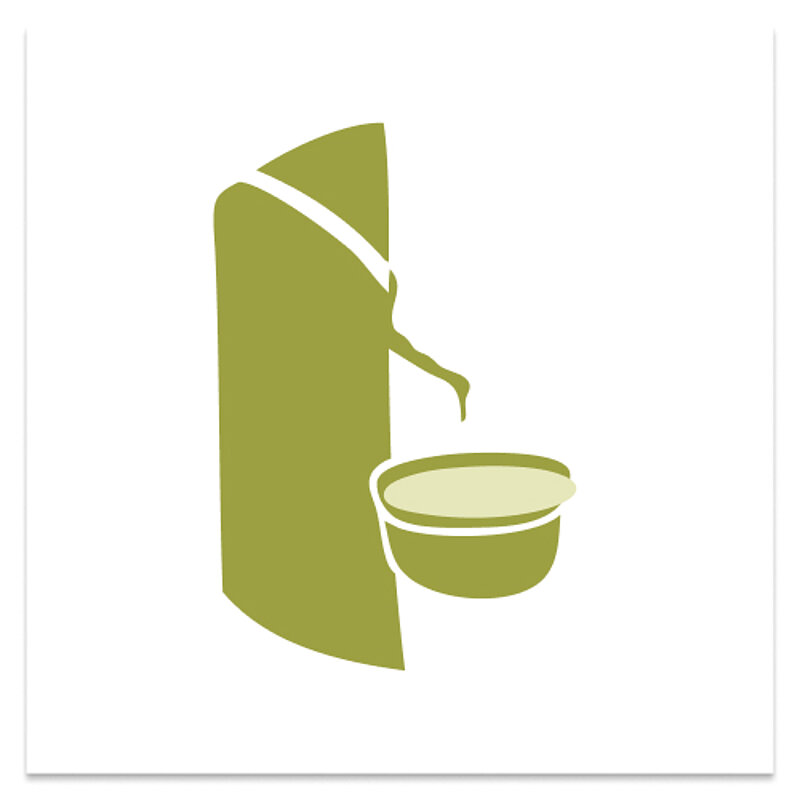
Natural rubber
Natural rubber is a component of a many everyday products, for example tires, latex gloves, mattresses, and condoms. Natural Rubber is the only regenerative raw material that is listed as ‘Critical Raw Material’ by the EU. More than 90 per cent of the cultivation takes place in South East Asia, mostly in Thailand and Indonesia. The Cultivation of rubber is highly labour intensive and is mainly accomplished by 6 million smallholders, who are responsible for about 80 per cent of the world production. Natural rubber subjects to highly fluctuating world market prices, which strongly affects the income situation of the smallholders. In the past, when natural rubber prices were high, there was considerable expansion of land with the associated consequences such as deforestation, destruction of peat soils and land rights conflicts.

Soy
Over 80% of the world's soybean production of 366 million tons (2020/21) is produced in the USA, Brazil and Argentina. In the EU, only 2.8 million tons of soy (soybeans, soybean meal and soybean oil) were produced in 2020/21, with imports of just under 32 million tons. Soybeans can be used excellently in a crop rotation with e.g. cereals, because they are nitrogen collectors and thus reduce the need for mineral nitrogen fertiliser. However, especially in Latin America, tropical rainforests and dry forests of the Cerrado and Gran Chaco are being cleared to gain new cultivation areas. This often leads to the displacement of traditional land users. From 1990 to 2008 alone, soy cultivation contributed to a deforestation of 13 million hectares. Soy was responsible for almost one third of the EU's imported deforestation in the period 2005-2017. In the main producing countries, soybeans are grown in large-scale monocultures with significant use of herbicides, pesticides and mineral fertilisers. The reason for the increase in production is, among other things, the increase of meat consumption with rising prosperity, because the protein-rich soybean meal is mainly used as feed for chickens, pigs and cattle. In the form of tofu, soy milk or soy sauce, we humans consume only about 6 per cent of the soy beans worldwide.
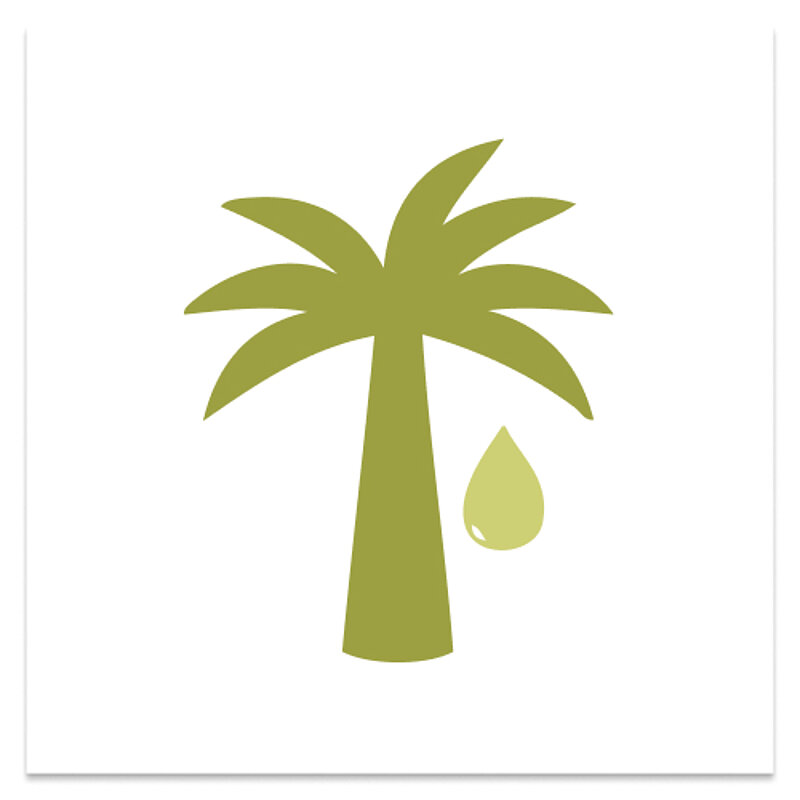
Palm Oil
Palm oil is contained in many products of our daily consumption and the global demand is constantly increasing. In Germany, the energy sector currently consumes the largest share of palm oil imports, followed by the food industry and the animal feed sector. Indonesia and Malaysia produce 84 per cent of the world's palm oil. The oil palm plantations are largely managed by companies, but oil palm cultivation is also a relevant source of income for millions of smallholder farmers. The business is lucrative for the producing countries, which is why primary forests are also cleared for new cultivation areas. This is connected with the loss of ecosystems and biodiversity and the release of climate gases through forest clearing and cultivation on peat soils. In addition to the ecological challenges, social aspects also play a role, such as human rights violations on oil palm plantations and bad living and working conditions for smallholder farmers families. That is why more and more companies in Europe are moving toward certified palm oil with the aim of promoting sustainable agricultural supply chains. With a focus on palm oil, the Forum for Sustainable Palm Oil (FONAP e.V.) was founded. Since its foundation in 2015, FONAP has been committed to more sustainable palm oil cultivation in the countries of origin. The aim is to increase the purchase of certified sustainable palm oil for food, animal feed and chemical products and to take human rights into account along the entire supply chain. Companies are involved in the multi-actor partnership to address challenges such as human rights due diligence and certification issues together, not just internally.
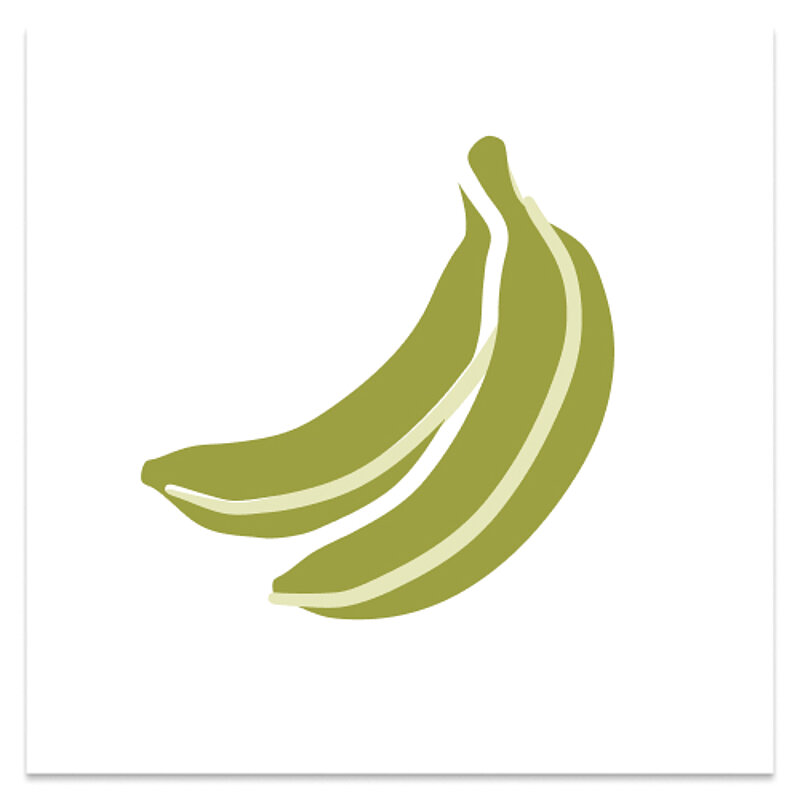
Banana
Bananas are the second most popular fruit among Germans after apples. Mostly the Bananas consumed in the EU are imported from Latin America, where 80 per cent are grown on large plantations. The most important producer countries for the world market are Ecuador, Costa Rica, Guatemala and Colombia. Germany is one of the largest importers of bananas and thus contributes significantly to the problems in the producing countries.
Producer organisations there are confronted with the effects of climate change and have to deal with biodiversity loss, soil degradation or the TR4 fungus. In addition to the ecological challenges, there are also serious social grievances, such as the low pay of workers on the plantations or the health risks posed by the pesticides used.
Aggressive price negotiations by food retailers with traders and banana producers' organisations keep prices low. This further reduces the scope for improving growing conditions.
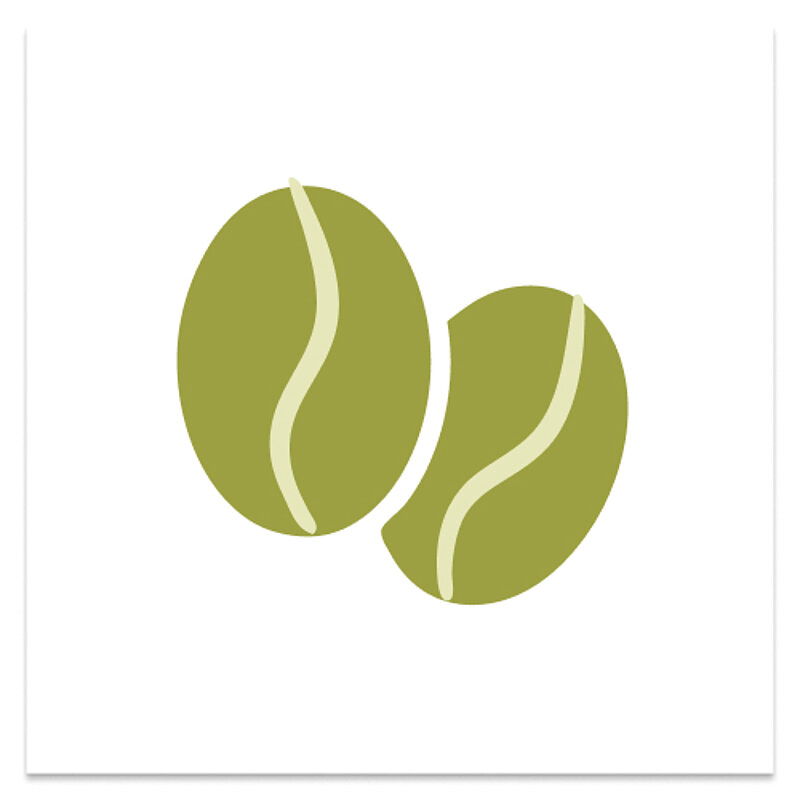
Coffee
Coffee is the economic livelihood for 25 million farming households in over 50 countries around the equator. Millions of smallholder farmers often cannot cover their production costs with their income.
The main challenges are the highly fluctuating prices for green coffee, rising production costs and the consequences of climate change. Extreme weather conditions caused by climate change threaten coffee cultivation. They lead to crop failures and a shift of cultivation areas to higher, often forested, locations.
The further processing of coffee, which generates the highest profit, takes place to a large extent in the consumer countries. In Germany, for example, the second largest importer of coffee, some of it is re-exported after processing. But a lot of coffee is also consumed here. The per capita consumption of bean coffee in 2020 was 168 liter per year, which is higher than the consumption of mineral water (142l) or beer (100l).
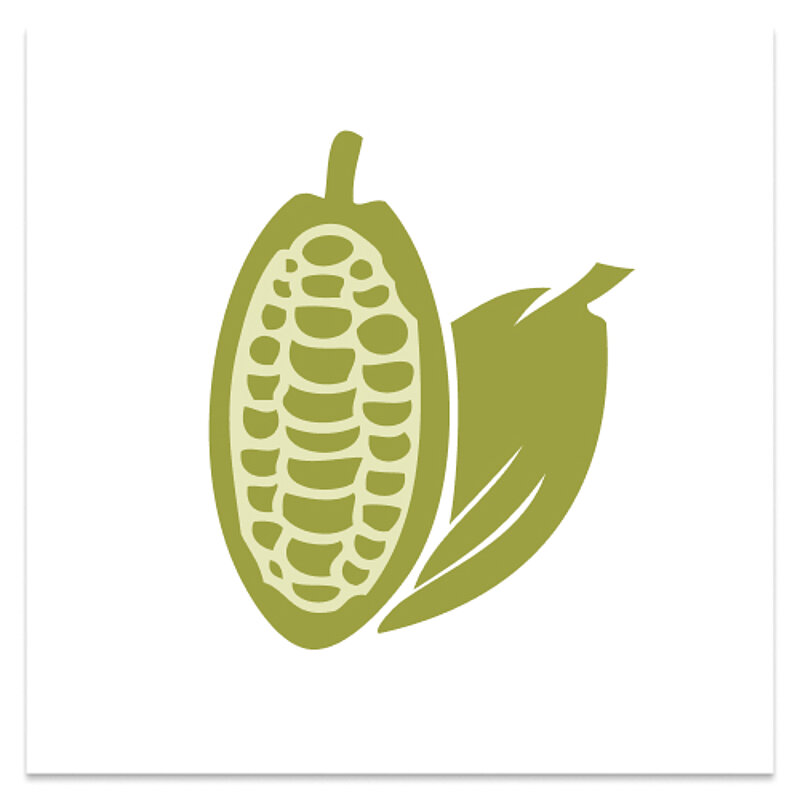
Cocoa
Worldwide, 5.5 million people work in cocoa farming. Most of them are smallholder farmers. Fluctuating, low world market prices, the concentration of power within the value chain and the dependence on cocoa cultivation are major causes of the persistent poverty of cocoa farmers and lead to exploitative child labour. In the main country of cultivation, Côte d'Ivoire, almost 90% of cocoa farmers do not earn a living wage. The ongoing deforestation of tropical rainforests for cultivation, the degradation of soils and the loss of biodiversity are also permanent challenges. The EU, as the largest importer of cocoa beans, and Germany in particular, as the largest exporter and producer of cocoa-based products such as chocolate, has a key responsibility in addressing these challenges.
One example of the exercise of this responsibility is the German Initiative on Sustainable Cocoa, a multi-stakeholder initiative involving the German government, the German confectionery industry, the retail sector and civil society. The Forum works to improve the livelihoods of cocoa farmers, conserve natural resources and biodiversity, and increase the cultivation and marketing of sustainably produced cocoa.
To the website of the German Initiative on Sustainable Cocoa
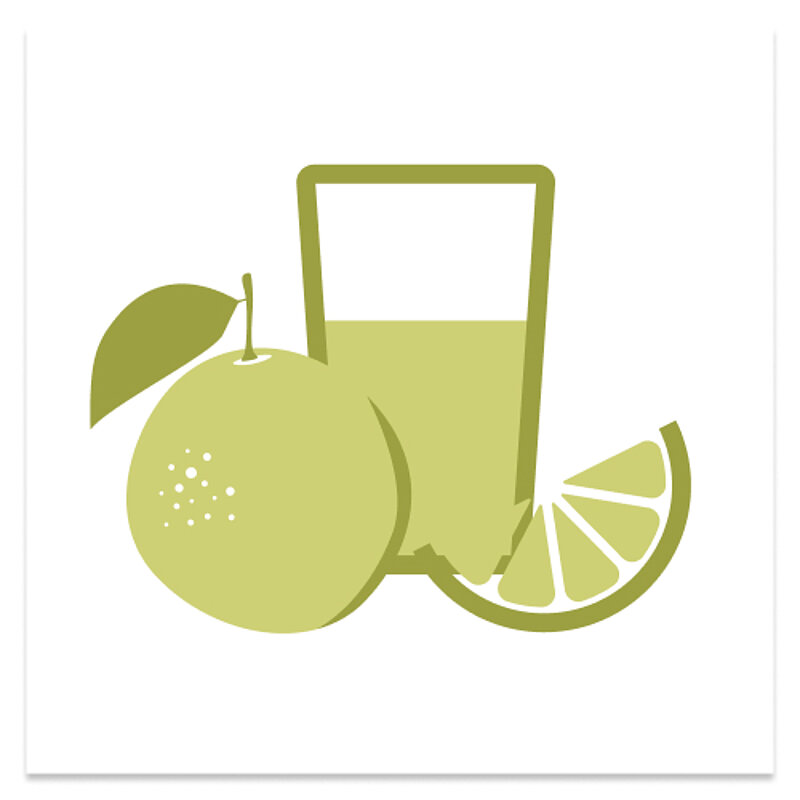
Orange Juice
Orange juice is one of the most popular fruit juices worldwide. In Germany alone, per capita consumption is over 7 liter per year. This makes Germany and the EU among the most important consumers of direct juice and orange juice concentrate. 80 per cent of the demand for juice is coverd by the world's largest exporter of orange juice, Brazil. 70 per cent of the national orange production in Brazil is processed into orange juice and 98 per cent of this is in turn exported. Most of the cultivation of juice oranges takes place in the so-called citrus belt in the south of Brazil. In the state of São Paulo alone, 75% of Brazilian oranges are grown. The market is dominated by three large producers who cultivate the oranges on large plantations.
Working conditions on the orange plantations are often characterised by low labour and social standards. During the harvest, people often work piece-rate, sometimes without protective clothing, particular against pesticides, and under high physical strain. Violations of working hours are widespread, wages or incomes are often not living wage.
The Partnership for Sustainable Orange Juice (PANAO) was founded with the aim of improving the living and working conditions for workers and producers in the orange juice supply chain, and to increase the long-term proportion of sustainable orange juice in Germany and the EU. It includes stakeholders from private business, civil society and trade unions as well as the public sector.
To the Website of Partnership for Sustainable Orange Juice (PANAO)
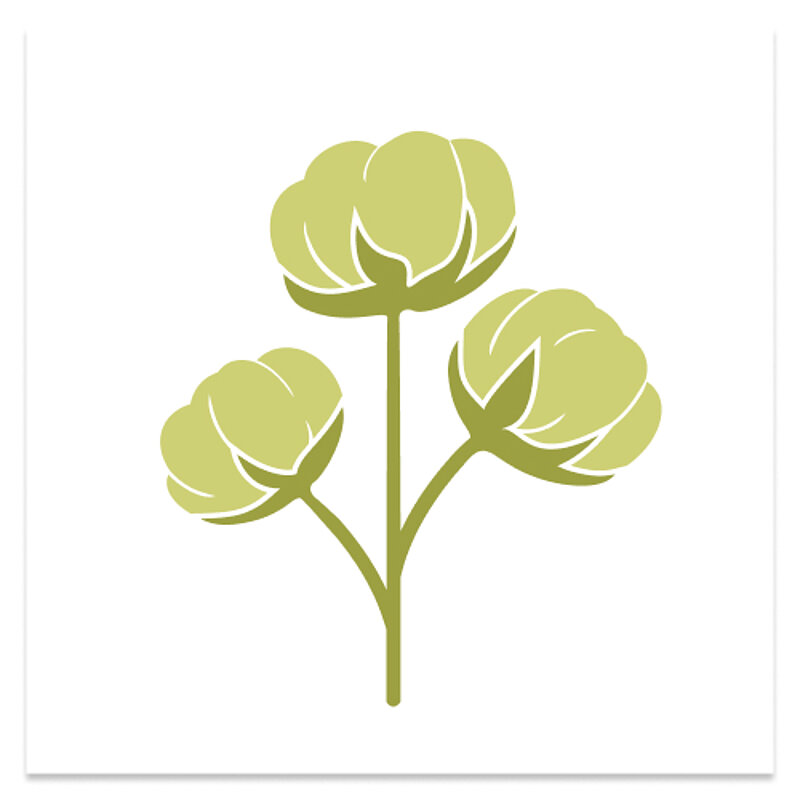
Cotton
Over 29 million households in approximately 80 countries around the world produce cotton. From seed grain to cotton bale, the cotton sector provides a livelihood for 150 million people worldwide. In most countries of the Global South, such as India, Pakistan, Burkina Faso, Mali, Benin, Tanzania, but also China, cotton is farmed predominantly by smallholders.
In Africa, it is cultivated largely by families performing manual labour and fieldwork. Yields are very low by global standards and cannot guarantee an adequate and living wage. Cheaper synthetic fibres are in direct competition with cotton and threaten the competitiveness of small farmers in particular.
In addition, the global cotton industry is facing a wide range of challenges, such as climate change and child labour. The effects of climate change mean that cultivation regions tend to shift, making production conditions more difficult, while exploitative child labour in the cotton fields frequently endangers long-term local development.
Most recently, the COVID-19 pandemic has caused a worldwide slump in the cotton and textile supply chain. Sales of raw cotton have slowed as a result of the global restrictions, which has led, among other things, to significant price fluctuations. At this point there is no way to predict the long-term consequences for the global cotton industry. Logos from standards organisations remain an important lever for improving the social, ecological and economic sustainability of cotton.
Almost 30% of global cotton production now comes from sustainably certified cultivation. The most important standard systems that certify sustainable cotton production are Better Cotton Initiative (BCI), Cotton Made in Africa (CmiA) and Fairtrade Cotton.
However, sustainable cotton still does not reach the trade as such enough, so that smallholder families have not yet benefited enough from sustainable cultivation methods. Therefore, another important lever is to increase the active demand for sustainable cotton. However, this can only be achieved in cooperation and collaboration with the private sector.
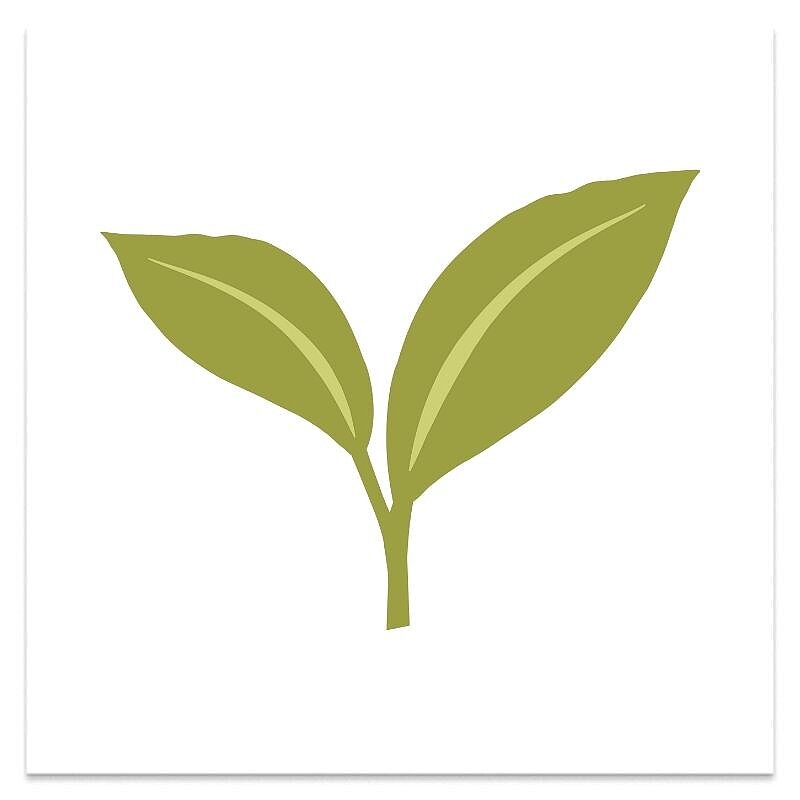
Tea
Tea is the most widely consumed beverage in the world after water, and its popularity is constantly growing: since 2006, the demand for tea has increased by 50%. Nevertheless, the approximately 13 million producers who cultivate tea, mainly in China, India and Kenya, hardly benefit from this trend: At 1.73 to 2.14 euros per day, the wages of plantation workers are not even half of a living wage and amount to just 1.4% of the selling price of a tea package in German supermarkets. Moreover, the working and living conditions on the plantations are poor and there is a lack of health care, food supply and education. Many workers and their children suffer from a shortage of food and drinking water, which in some cases leads to malnutrition and disease. Another health risk is the use of pesticides due to the lack of protective clothing: many plantation workers report allergic reactions, respiratory and eye irritations.
As well as plantation workers, also smallholder farmers suffer from low profit margins resulting from their poor bargaining position: Without further processing, harvested tea leaves perish within 5-7 hours of harvest, which creates pressure for a fast sale. Environmental difficulties lie in deforestation and monoculture cultivation, which lead to insufficient shade and lack of biodiversity. The effects of climate change are increasingly causing crop loss or failure. Germany ranks fifth among the main tea importing countries with 2.9% of all tea imports while purchasing most of its tea from India. India is the leader in tea cultivation behind China with 21% of global tea cultivation. The Roundtable on Tea and Spices India, established by INA, brings together key tea importers who collectively account for over 70% of the German market and facilitates exchange with public and civil society stakeholders. In addition, the Roundtable acts as a platform for the identification and development of joint projects.

Spices
According to the definition of the International Standards Organization (ISO), spices are plant products or mixtures thereof used for seasoning and flavoring food. However, due to a lack of uniform classification, statistical data on the production and trade of spices can vary significantly. As a result of a rising world population, higher culinary demands and the increase in processed foods, the spice market is growing strongly. After the U.S., Germany is the world's second largest spice importer, accounting for 6% of global import value. India, followed by China, is the largest spice producer, consumer and exporter, accounting for 18% of the global export value.
Despite the high export volume, 85% of all spice producers in India are smallholder farmers. Frequently, the crop harvest is not sufficient to generate a living wage, which increasingly leads to an uncontrolled use of chemical fertilizers, pesticides and herbicides. Consequences are health problems for the producers, water pollution and soil degradation. At the same time, high pesticide residues reduce the product quality and thus the export value of spices. Many men are therefore drawn to the better-paid wage labor, which results in an increasing number of women working in spice cultivation. Women today make up 40% of the labor force in India’s spice production. Another common issue are conflicts over resources and land use between large landowners, industry and small farmers.